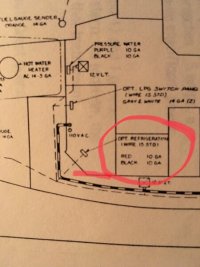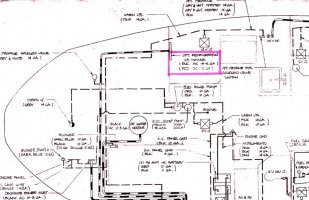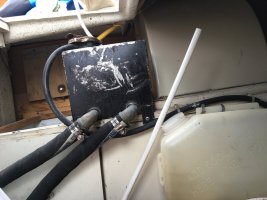GrandpaSteve
Sustaining Member
The Ericson brochure claims the 32-3 icebox is a "6 cubic foot insulated ice box with insulated top and lid". I believe them regarding the insulation, my block ice lasts all weekend.
To add electric refrigeration, the price of the Isotherm VE150 is tempting, but it says it is for refrigerating 5.3 cubic feet. My goal is to keep a 12 pack of beer and condiments cold between visits (not extended cruising). I'll still put a bag of ice cubes in when I am aboard, and still use block ice when I am cruising for a few days.
I'm wondering if the 5.3 cubic foot unit will be up to that task?
Any opinions appreciated.
To add electric refrigeration, the price of the Isotherm VE150 is tempting, but it says it is for refrigerating 5.3 cubic feet. My goal is to keep a 12 pack of beer and condiments cold between visits (not extended cruising). I'll still put a bag of ice cubes in when I am aboard, and still use block ice when I am cruising for a few days.
I'm wondering if the 5.3 cubic foot unit will be up to that task?
Any opinions appreciated.
Last edited:



